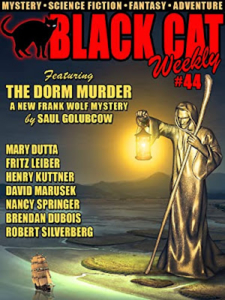How Mowgli Made a Marine – T.K. Thorne
 Early in my marriage, a stepson arrived on my doorstep every other weekend as a troubled 8 year old.
Early in my marriage, a stepson arrived on my doorstep every other weekend as a troubled 8 year old.
A learning disability imprisoned him as poor reader and student to the point that all his tests had to be read aloud to him. He didn’t fit in. He knew it and acted out. Naturally, he hated the sight of books, and all my efforts to read to him were spurned.
One day, a misbehavior earned him time-out, and I offered him his choice—either an hour in his room or sit with me while I read him one chapter of a book. (I know, I know—it’s contrary to all behavioral advice to make reading a punishment, but I was at wits’ end.)
He considered it and asked how long it would take to read a chapter.
“Probably about 15 minutes,” I said.
Fifteen minutes versus an hour. He wasn’t bad at math and chose the chapter. I went to my collection of childhood books, my heart pounding. It thumped away in my chest, warning me that this could be my only chance with him.
The books, stiff and dusty in their rows, whispered of cherished hours. Which to choose? I stopped at one, remembering pulling it from my mother’s bookshelf, hopeful from the title though the company it kept was grownup stuff. By the first chapter, I knew I had found treasure.
Once again I pulled it out and took it back with me, clutched to my still thumping chest and sat with my stepson on the hard cement of the porch (part of the “punishment”).
“Here are the rules,” I said sternly. “You have to sit still and listen. I will read one chapter. After that it is up to you if you want to hear more or go.”
He agreed, and I opened the book. I read my best, in honor of all the hours my Granny read to me, her voice cracking with the effort to bring the characters to life. I hoped to reach a young mind with the gift she had given me. I read and did not look at the boy beside me, afraid to see on his face the boredom of a prisoner doing his time.
When I finished the last word of Chapter One, I snapped the book closed, deliberately keeping my voice matter-of-fact.
“That’s it,” I said. “What do you want to do?”
There was a long hesitation—maybe it wasn’t so long, but I remember it that way—a silence so deep, you could fall into it, and then one intense word from him—“Read.”
In the years ahead of us, he would repeat that word many times. We finished the book, Rudyard Kipling’s The Jungle Book, and moved on to many others.
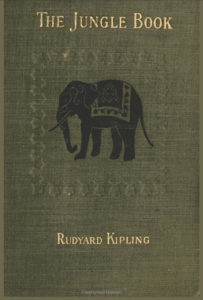
He began to sit next to me, at first to see the pictures, but when there were no pictures, he stayed to move his eyes over the words as I read. Eventually, I feigned a sore throat and asked him to read a sentence or two, and then a paragraph, and then a chapter, never criticizing as he stumbled and only offering help when he needed it.
One day, I poked my head in his room and asked if he was ready to read Part III of “our” current book. “Already read it,” he said.
And once again my heart pounded, this time with mixed joy. He was reading on his own, voraciously, but we were never again to have those special moments together.
Bitter-sweet.
He read a lot about ordinary young boys becoming heroes, and I think it helped give him the courage and inspiration to sign up for the Marines. Though not a physical boy—he played in the band and was ho-hum about sports—he thrived there, and today is a successful career Marine (Master Sergeant) with a beautiful, kind, talented wife and two wonderful sons he reads to.
Semper Fi.
![]()
T.K.Thorne is a retired police captain who writes Books, which, like this blog, go wherever her curiosity and imagination take her. More at TKThorne.com


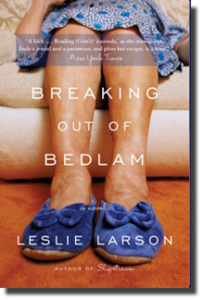
 I had the wonderful good fortune this year to meet and work with author Marie Sutro on the Killer Workshop presented by the Capitol Crimes and Palmetto Chapters of Sisters in Crime. Marie is one of the most organized, resourceful, and congenial creative persons I know. When I learned her second novel was being released, I quickly purchased her first. I was surprised to read Steve Alten’s endorsement: “Marie Sutro’s debut novel, Dark Associations, may just be this generation’s Silence of the Lambs.” By chapter two, I met her psychopathic villain. Marie’s intricate descriptions and fast-paced action combined with a flawed protagonist seeking justice amid chaos keeps her readers turning pages. If you haven’t already discovered her, please join us for this brief interview, then check out her Kate Barnes’ novels Dark Associations and Dark Obsessions.
I had the wonderful good fortune this year to meet and work with author Marie Sutro on the Killer Workshop presented by the Capitol Crimes and Palmetto Chapters of Sisters in Crime. Marie is one of the most organized, resourceful, and congenial creative persons I know. When I learned her second novel was being released, I quickly purchased her first. I was surprised to read Steve Alten’s endorsement: “Marie Sutro’s debut novel, Dark Associations, may just be this generation’s Silence of the Lambs.” By chapter two, I met her psychopathic villain. Marie’s intricate descriptions and fast-paced action combined with a flawed protagonist seeking justice amid chaos keeps her readers turning pages. If you haven’t already discovered her, please join us for this brief interview, then check out her Kate Barnes’ novels Dark Associations and Dark Obsessions.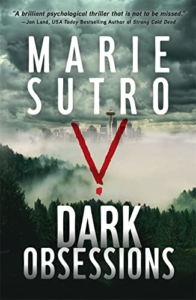 In both your books, Dark Associations and Dark Obsessions, you use juxtaposition and surprise to bring the readers into Kate Barnes’ world. Dark Associations begins with “the Big Bad Wolf” viewing a beautiful blonde woman. A reader might expect this is the mind of a perpetrator, but in a few paragraphs you reveal it is Kate, who has resisted becoming a mentor for this enthusiastic student. Through juxtaposition, you develop Kate’s character as well as showing the relationship with the Tower Torturer, the serial killer she is attempting to catch and stop. Similarly, in Dark Obsessions, at first Kate appears to be in danger of getting a traffic ticket when she actually is about to be asked on a date. How did you decide to use surprise and juxtaposition to introduce your characters and begin your stories? What advantages did it give you?
In both your books, Dark Associations and Dark Obsessions, you use juxtaposition and surprise to bring the readers into Kate Barnes’ world. Dark Associations begins with “the Big Bad Wolf” viewing a beautiful blonde woman. A reader might expect this is the mind of a perpetrator, but in a few paragraphs you reveal it is Kate, who has resisted becoming a mentor for this enthusiastic student. Through juxtaposition, you develop Kate’s character as well as showing the relationship with the Tower Torturer, the serial killer she is attempting to catch and stop. Similarly, in Dark Obsessions, at first Kate appears to be in danger of getting a traffic ticket when she actually is about to be asked on a date. How did you decide to use surprise and juxtaposition to introduce your characters and begin your stories? What advantages did it give you?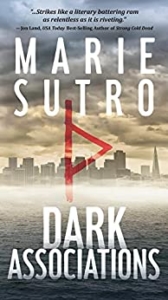 On the cover of each book, there is a symbol. Could you tell us about each, how they were selected, and how they impact the stories?
On the cover of each book, there is a symbol. Could you tell us about each, how they were selected, and how they impact the stories?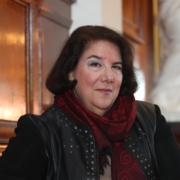

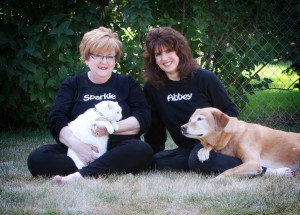
 Clicking Our Heels – A Day at the Movies
Clicking Our Heels – A Day at the Movies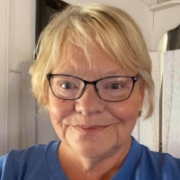

 “He’s fine, too.” More sniffles and gasps for breath, then, “We’re both ok but I think the cow’s dead.”
“He’s fine, too.” More sniffles and gasps for breath, then, “We’re both ok but I think the cow’s dead.”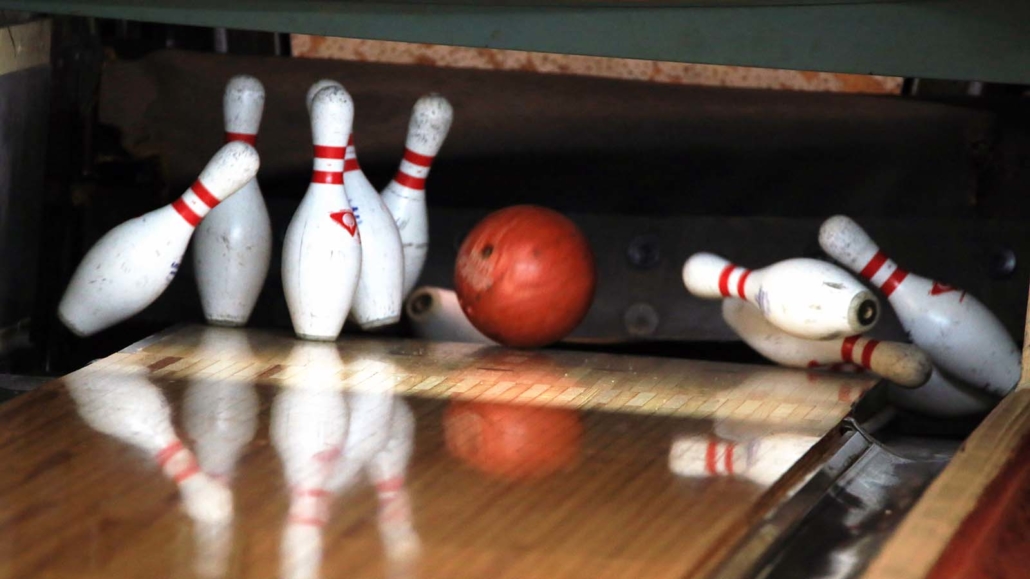

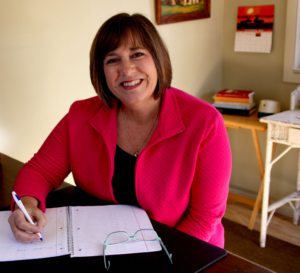

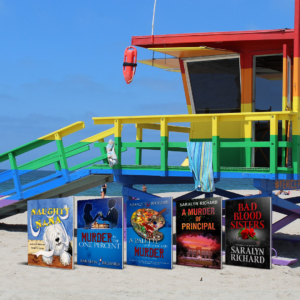
 Frank Wolf, survived the Holocaust with his daughter and resettled from Vienna, Austria, to New York City. In his earlier life, Frank was a scholar, but proof of his academic background was destroyed by Nazis. Unable to pursue a career as a professor, Frank became a security guard for a library. Then, eventually, he set up an office as a private detective.
Frank Wolf, survived the Holocaust with his daughter and resettled from Vienna, Austria, to New York City. In his earlier life, Frank was a scholar, but proof of his academic background was destroyed by Nazis. Unable to pursue a career as a professor, Frank became a security guard for a library. Then, eventually, he set up an office as a private detective.